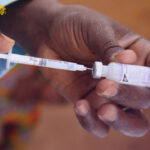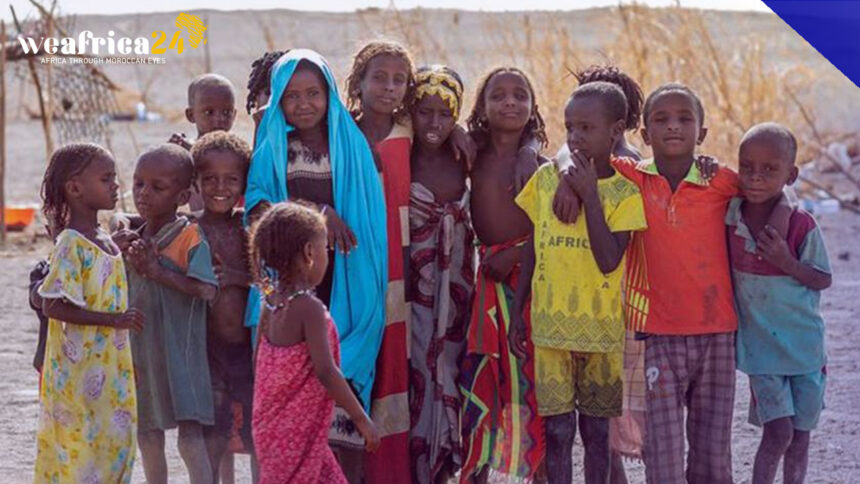Unusual and prolonged drought in the Horn of Africa, record flooding in South Sudan, armed conflict, and the repercussions of Covid-19 have exacerbated food insecurity in East Africa in 2022.
While the number of people at risk of acute hunger in the member states of the Intergovernmental Authority on Development (IGAD) has increased by 13 million between 2021 and 2022, to 55 million people, this year up to 30 million people are expected to require humanitarian food aid in Kenya, Somalia, South Sudan, Sudan, and Uganda.
Projections estimate that 7.5 million people in Kenya, Somalia, South Sudan, and Sudan will face significant food consumption shortfalls and be forced to implement emergency adaptation measures, and more than 83,000 people will face extreme food situations.
The Horn of Africa will continue to face its catastrophic consequences in 2023 and beyond, an IGAD report published on Wednesday points out, noting that restoring pastoral and agro-pastoral livelihoods after the drought will take years, while humanitarian assistance will remain essential until households and communities can recover.
Extremely severe levels of acute food insecurity have affected parts of the region with 301,000 people facing the Catastrophe, 214,000 in Somalia, and 87,000 in South Sudan, while an estimated 11.53 million children under the age of 5 are affected by waste in Ethiopia, Sudan, Somalia, South Sudan, Kenya, and Uganda.







